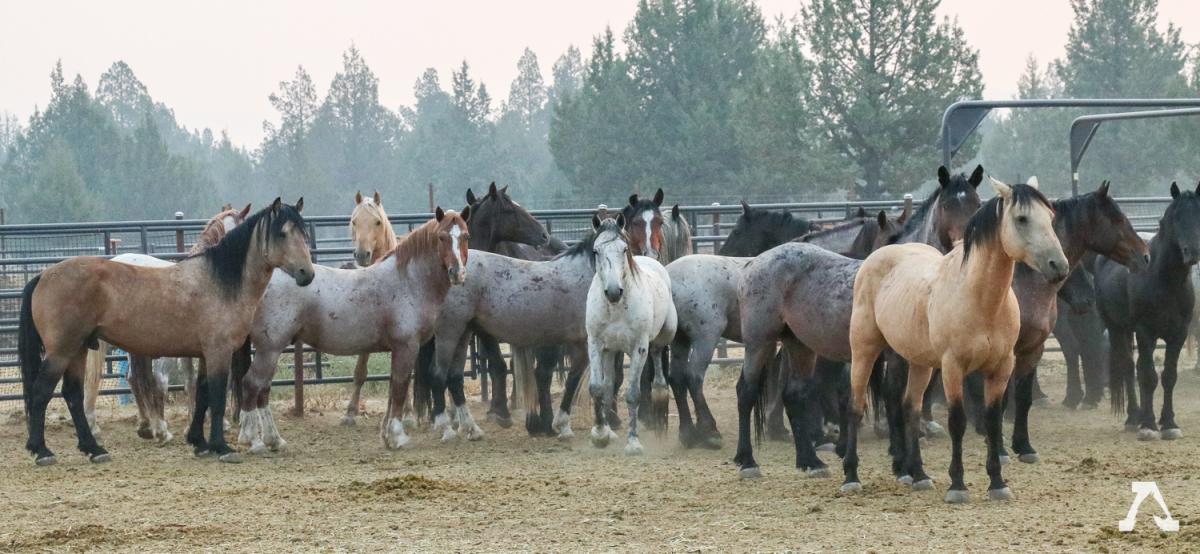By Suzanne Roy, Special to The Sacramento Bee
January 16, 2021
Protecting wild horses from slaughter is not a romantic notion but a common desire shared by 80% of Americans who value these animals as important symbols for our nation. Real solutions exist for protecting these national icons in accordance with federal law and the wishes of the majority. The narrative depicted by reporter Ryan Sabalow in the story titled “California’s majestic wild horses trapped in no-win fight for survival,” is simply false.
Here in California, the wild horses of the Devil’s Garden Territory in the Modoc National Forest are part of our heritage and history. Thousands of Californians ― including Senator Dianne Feinstein, Attorney General Xavier Becerra, 27 members of Congress and dozens of state legislators ― spoke up for their protection. State and federal legislation was passed to protect these animals from slaughter. These efforts are driven not by emotion but by science and economics.
Our understanding of the complexity of horses and their needs is more sophisticated now than ever before. They are not indifferent to the suffering of their herd mates. They’re highly social animals who display evidence of emotion, trauma and altruism. Yet the government uses the most outdated, inhumane and expensive method of managing wild horses: helicopter roundups.
Since 2016, the Forest Service has conducted four helicopter roundups of Devil’s Garden horses resulting in at least 94 deaths. Causes include crashing into corral gates and breaking their necks and limbs, being trampled in pens, complications from castration surgery and premature births. In 2017, 25 of the 28 foals born to captured mares died from antibiotic-induced colitis at federal holding corrals in Susanville. In 2020, two foals were euthanized after being born prematurely to recently-captured mares.
The roundups deadly, and they’re also a failed management strategy. The National Academy of Sciences in its 2013 report on the Bureau of Land Management’s wild horse and burro program declared the “business as usual practice” of roundups and removals are “expensive and unproductive” and actually facilitate “high rates of population growth.” No wonder the Devil’s Garden herd is expanding.
In Nevada’s Virginia Range, just east of Reno, an American Wild Horse Campaign fertility control program administered 3,000 PZP vaccine treatments to mares in less than two years. It’s the largest free-roaming horse fertility control program in the world. The method is 97% effective in preventing pregnancy. AWHC offered to fund and implement a pilot fertility control program on Devil’s Garden in 2018. The Forest Service rejected the offer.
What’s standing in the way of properly managing the Devil’s Garden horses? Not unrealistic wild horse advocates. Local ranchers want the public lands where the horses graze for their livestock. Mr. Sabalow tells us that 26,000 cattle graze in the national forest. Only 1,150 wild horses are left after the removal of 506 horses this year. Forest Service policy, heavily influenced by these ranchers, calls for reducing that number to 400 or fewer horses in this 400-square-mile habitat.
The major problem with government-funded studies showing the damage incurred by cattle grazing on public lands: they don’t exist. For both the Forest Service and the BLM, a 2017 U.S. Government Accountability Office report found that “research that evaluates and separates cattle and wildlife impacts from wild horse impacts has not been conducted, and studies on horse grazing effects are needed.” This major finding still holds true today.
Taxpayers are paying for this federal mismanagement. Not only are we subsidizing the livestock grazing on public lands, we’re also paying millions of dollars to round up wild horses and throw them in holding pens, then selling these federally-protected animals off for $1 a piece.
The horses are paying for it with their freedom, their families and their lives.


